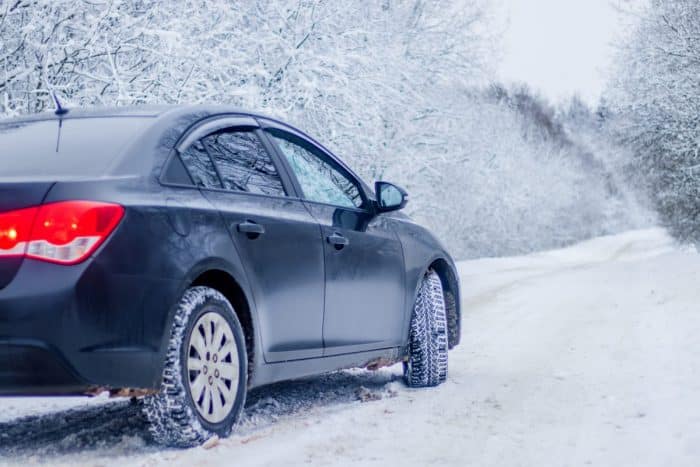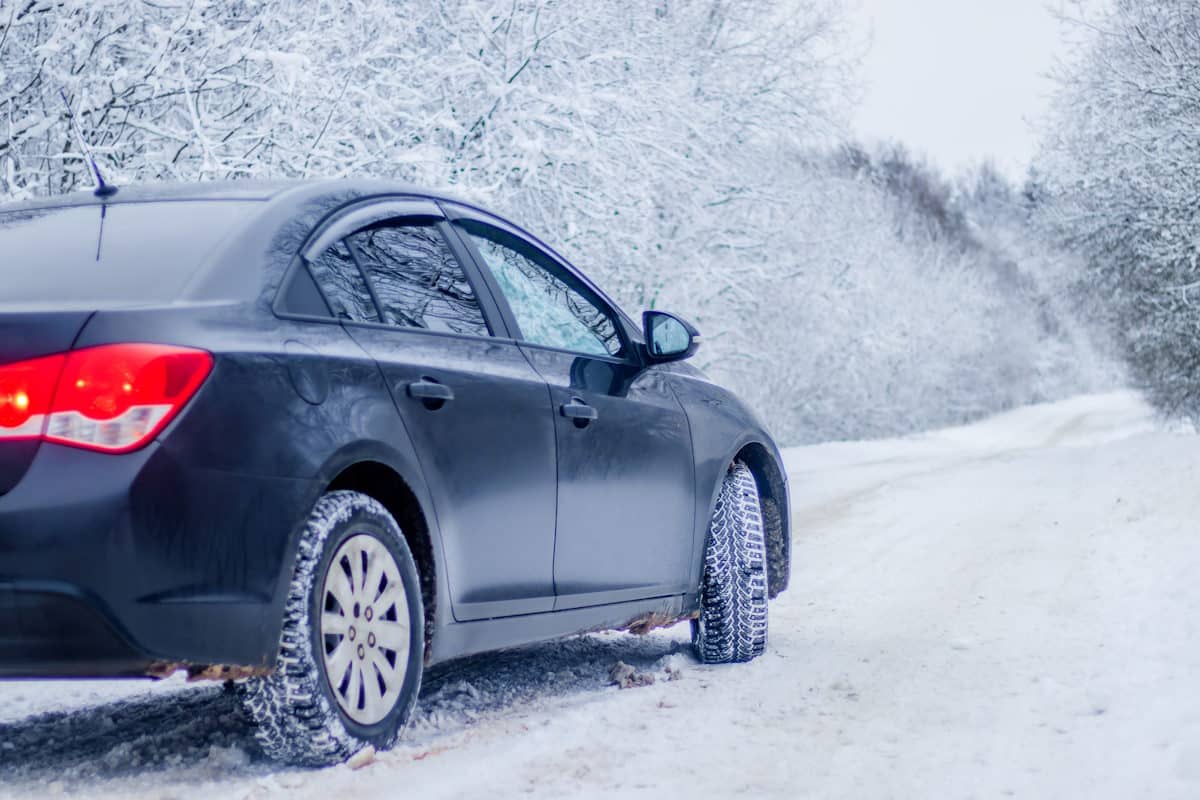Driving in winter and summer: a comparison and preparation

Winter vs. summer driving comparison
- Road surface condition: winter often brings ice and snow, significantly reducing vehicle traction. In summer, the surface is usually dry, but there can be other issues, such as melting asphalt in extreme heat.
- Visibility: winter days are shorter, and weather conditions like fog, snow, or rain can limit visibility. In summer, longer days and often better weather provide better visibility.
- Atmospheric conditions: Winter is the time when we have to deal with low temperatures, snow, ice, and sometimes black ice. In summer, we can experience storms, heavy rains, and even heatwaves.
- Day length: the shorter winter day means we often drive in the dark, which is associated with different kinds of hazards than daytime driving in summer.
- Accident risk: winter conditions often increase the risk of slipping and collisions. In summer, although conditions are more stable, heavier traffic and more frequent trips can also increase the risk of accidents. Understanding these differences is crucial for safe driving. Drivers should be aware of how these varying conditions affect driving and what to pay special attention to in each season.
Preparing the vehicle for winter season
- Winter vs. summer tires: a key element of winter preparation is switching to winter tires. Winter tires have a special rubber compound that provides better grip in low temperatures and on snow. In comparison, summer tires become hard and less effective in winter.
- Vehicle technical check: before winter arrives, it’s important to check the technical condition of the car. This includes checking the battery, which is more prone to failure at low temperatures, the condition of operating fluids, and the efficiency of the heating and ventilation system.
- Brake system and lighting check: it’s important to ensure that the brake system is fully functional, which is crucial on slippery roads. Lighting should also be fully operational, given the shorter days and more frequent night driving.
- Windshield washer fluid replacement: In winter, the windshield washer fluid should be adapted to low temperatures to prevent freezing, ensuring good visibility in difficult conditions. Proper vehicle preparation is key to safe winter driving. A well-maintained car reduces the risk of breakdowns and accidents in challenging winter conditions.
Winter driving skills
- Braking technique: in winter, especially on slippery surfaces, mastering the braking technique is important. Avoid sudden braking, which can lead to skidding.
- Avoiding skids: it’s critical to maintain an appropriate speed and distance from other vehicles, allowing more time to react. It’s also important to learn how to control the vehicle in case of a skid.
- Safe behavior on snow-covered roads: adjust your driving style to the conditions, avoid abrupt maneuvers, and maintain calm and focus. Knowing and practicing these skills are essential for safe winter driving. Correct driving techniques can significantly reduce the risk of accidents.
What equipment to have in the car during winter
- Basic equipment: in the car, it’s advisable to have an ice scraper, snow brush, tire chains, as well as warm clothing, gloves, and a blanket in case of a breakdown.
- Tools and accessories: useful items may also include a flashlight, spare batteries, a small snow shovel, de-icer for locks, and a basic toolset.
- Emergency kit: the emergency kit should also include a first aid kit, a warning triangle, both are mandatory to have no matter the season. It’s worth having a reflective vest, and spare light bulbs. Preparing the right equipment for winter can prove invaluable in the event of a breakdown or unforeseen situations. It provides a greater sense of security and self-sufficiency in difficult conditions.
Winter is a challenge for every driver. Proper car preparation for winter conditions, as well as having the right skills and equipment, significantly contribute to road safety. It is important to remember that driving in winter requires more attention, caution, and adaptation to prevailing conditions. Sometimes it’s worth taking additional driving lessons, especially in winter, to practice appropriate behaviors on the road with an experienced instructor. Drivers should also remember that winter is not the only challenging period – summer also poses specific challenges. Regardless of the season, the key is the right approach, awareness on the road, and care for the technical condition of the vehicle. By remembering these principles and preparing appropriately, you can significantly increase driving safety, regardless of the season.

Comments are closed.